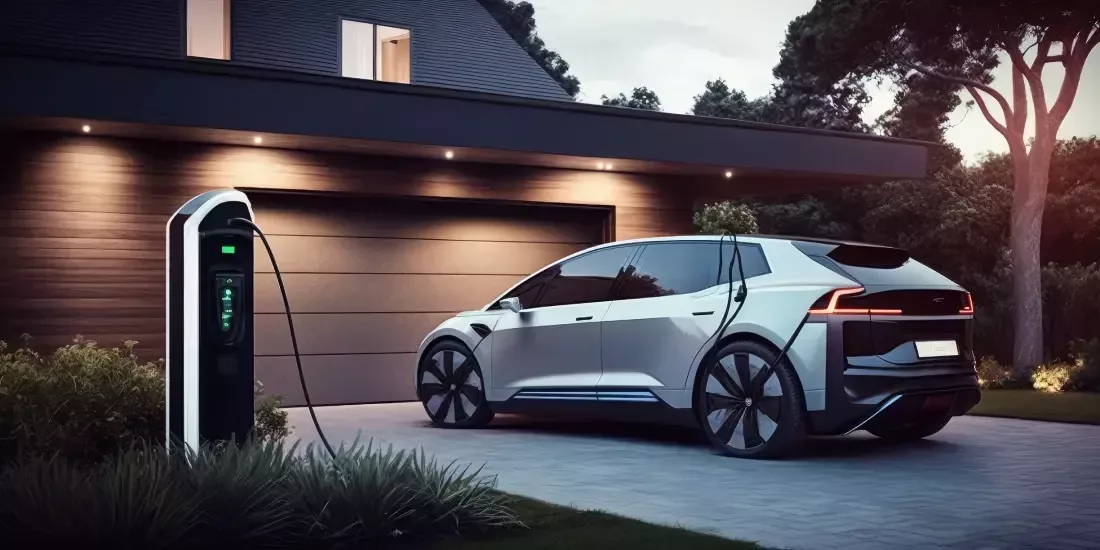EV Tipping Point Closer Than Ever

With every new piece of technology, a tipping point is reached where wide scale adoption is achieved. Now, this point is extremely close for electric cars as battery prices have dropped, signalling the start of a decline in the internal combustion engine.
In August, a drop of 8.7% was seen in the cost of EV batteries, which analysts have pointed out takes them past the milestone that will expedite their mass transition. Lithium-ion battery cells came down to lower than $100/kWh. This takes the price down by 33% compared to March last year.
Benchmark Mineral Intelligence compiled analytics figures for EVs over the years and expected the price parity to be achieved with fossil fuel vehicles once $100/kWh was reached. Now, that dream has become a reality.
Batteries take up the majority of the cost for EVs, being around 40% of the price. With batteries becoming even cheaper, manufacturers can start to price their vehicles more competitively. This brings them in line with traditional internal combustion engine vehicles, with the same margins, making them more attractive to both buyers and sellers.
Falling prices have come about because of a decrease in the cost of raw materials. Since the beginning of the year, lithium has more than halved in price. More lithium deposits have been discovered in an ancient supervolcano, McDermitt Caldera, with estimates suggesting there’s more than twice the amount of available resources than anywhere else in the world.
The new deposits could safely meet global demand for decades, providing there is the estimated 120 million tonnes of lithium available. Even though the production of EVs and the mining of lithium takes time, price parity could be achieved as quickly as 2024, experts suggest.
Some sources suggest the prices have started to fall more steadily because of the profitability of lithium mining. At around $5,000–$8,000 per tonne to produce, lithium sells for 10 times these amounts. With such huge profit margins, more investors and banks have been attracted to the market, signalling a spike in production. With China’s near monopoly of processing facilities, other countries are trying to make this more available.
Because of the fear of supply shortages and the hikes in prices that will bring, car makers have signed contracts with suppliers to ensure a steady supply. Only so much lithium can be bought from suppliers, ensuring no major price shocks are seen in the markets. Some manufacturers, like Tesla and GM, have even invested in creating their own mines.
As EV batteries continue to improve, lithium demand could be affected yet again. Lithium, iron and phosphate batteries (LFPs) have been developed that are heavier but last longer. This would reduce the need for lithium and also cobalt. The majority of cobalt comes from the Democratic Republic of Congo, where poor mining conditions are prevalent. The less than can be sourced from there, the better.
Have you thought about purchasing an EV? You might be interested to learn that charging it at home is the cheapest option available. Home EV chargers can be installed with the help of government grants, so there’s never been a better time to go electric. Find out how much you’d pay by getting a tailored quote below.
